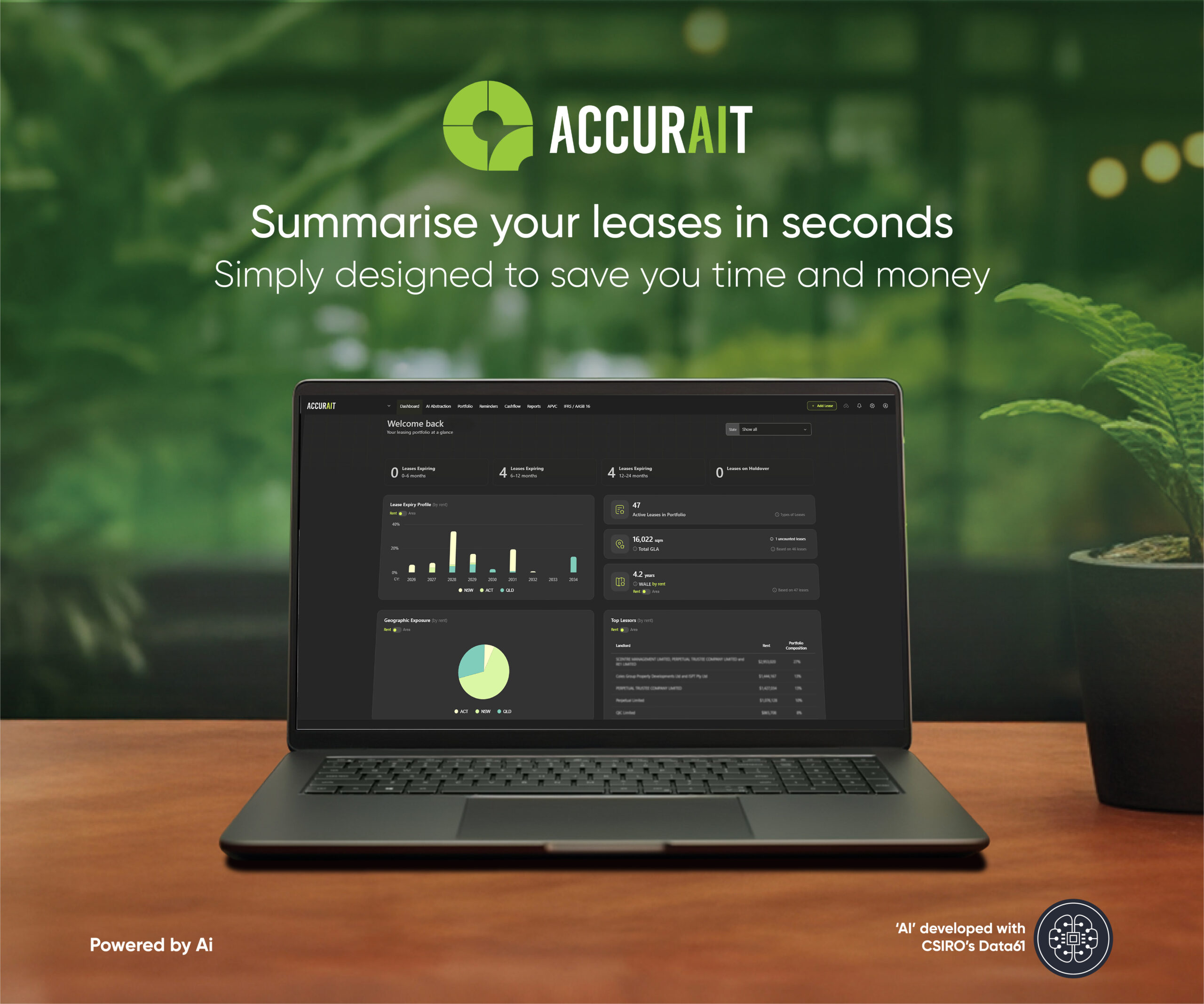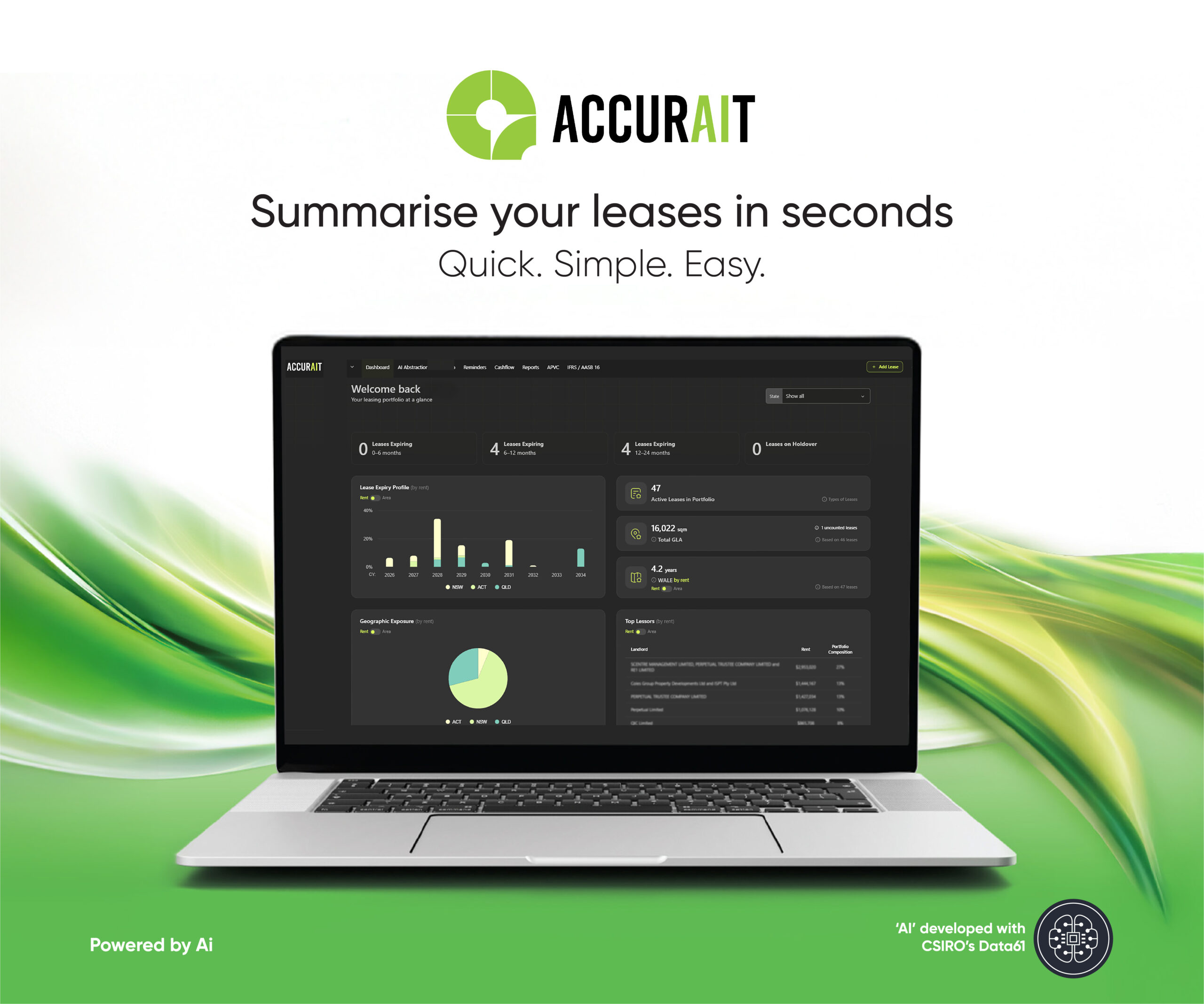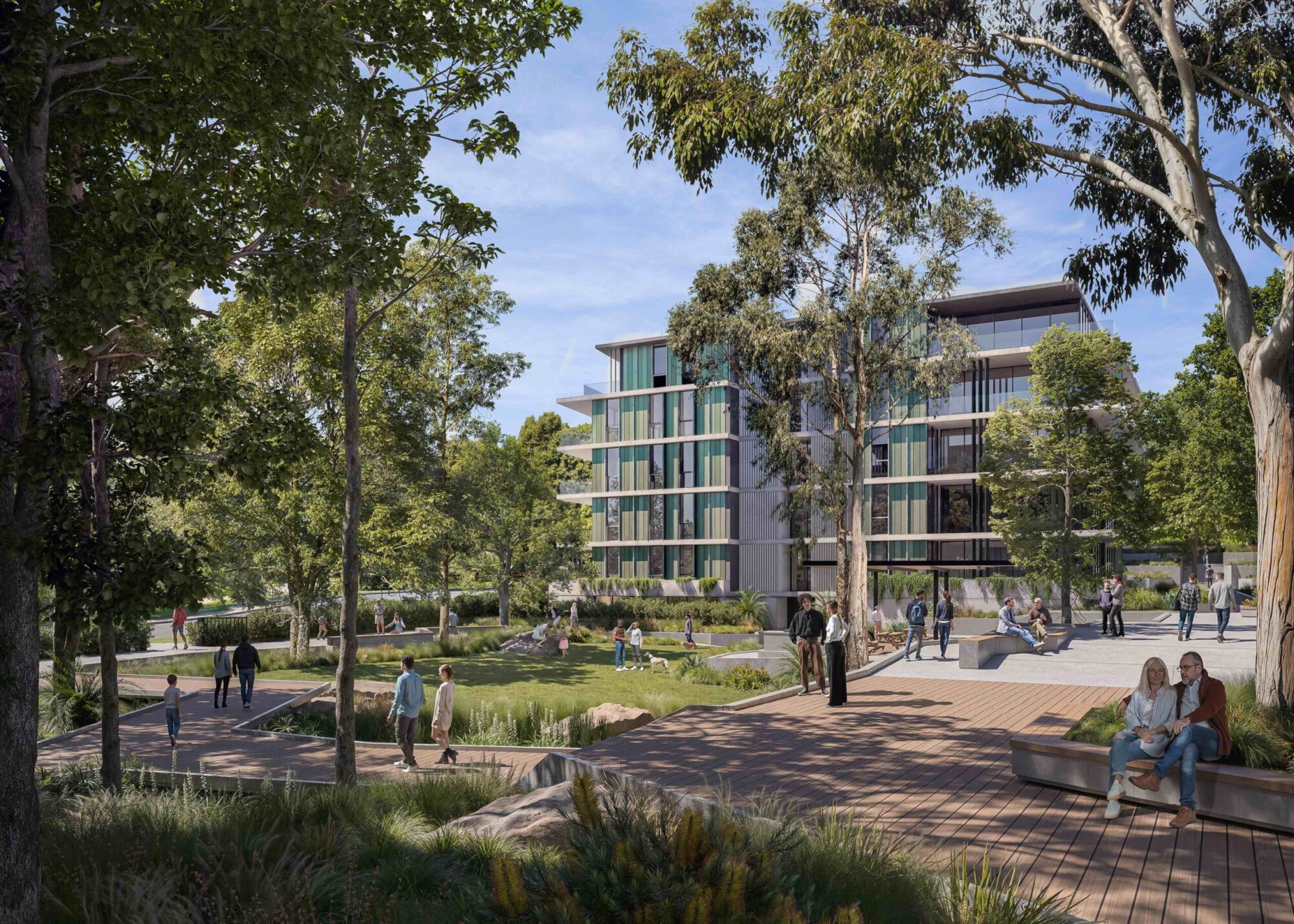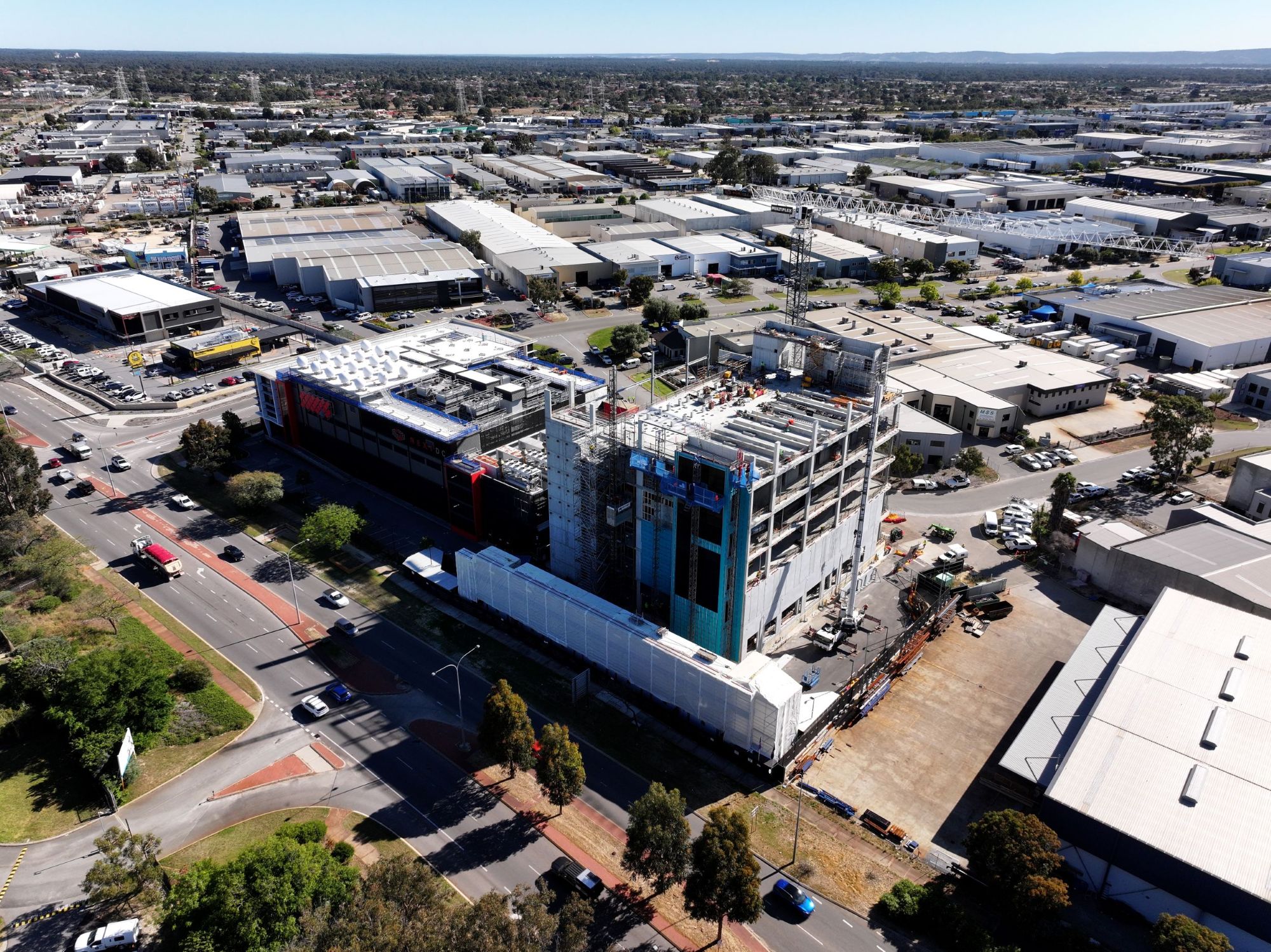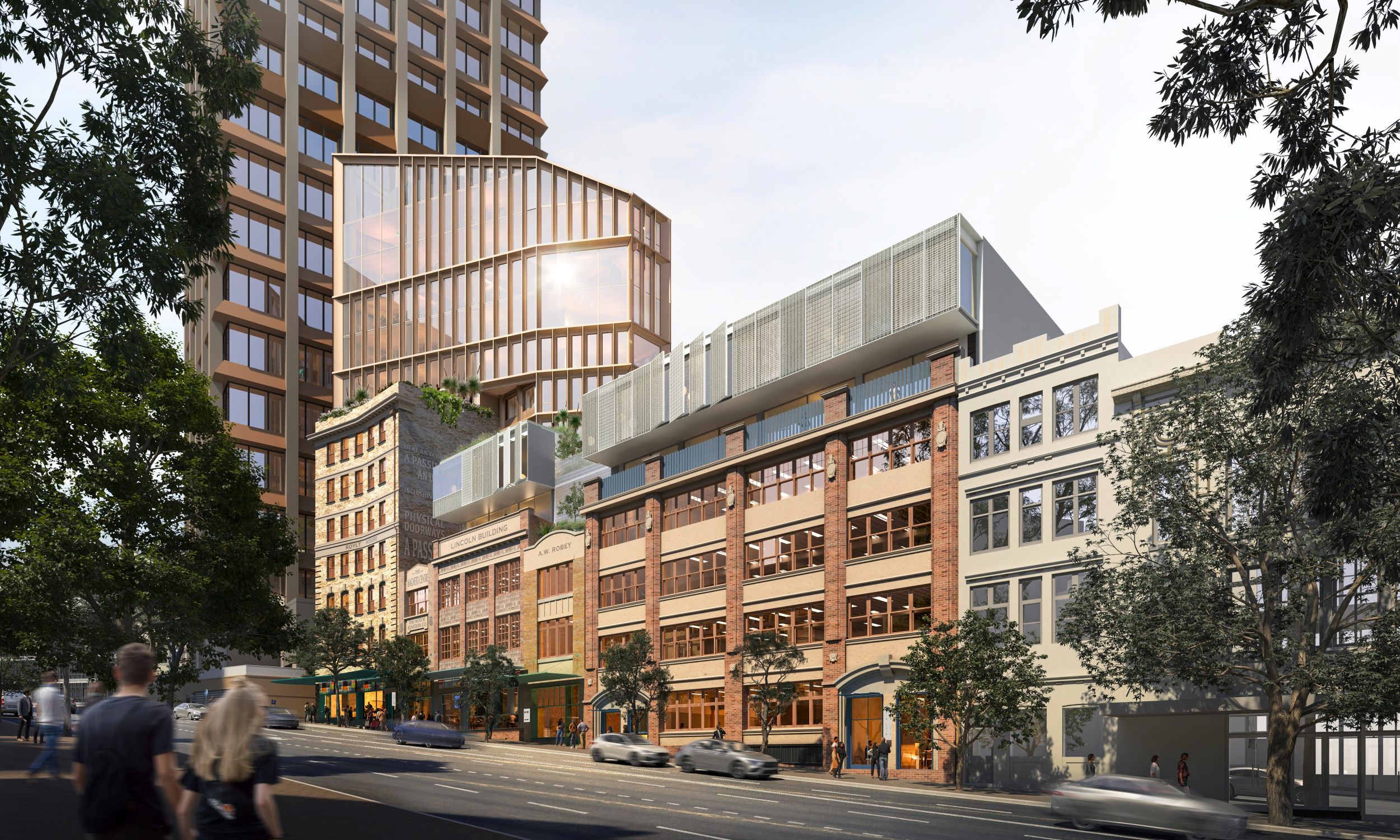
Willow Group, in partnership with Pongrass Properties, has submitted plans for a landmark $250 million, A-Grade commercial project at 4-22 Wentworth Avenue in Surry Hills.
The scheme proposes to transform five neighbouring heritage warehouses, acquired by the landowner over a 50-year period, into a thriving CBD-fringe precinct comprising an array of retail, food & beverage, and commercial offerings.
The site sits in a prime location on the edge of Hyde Park in Surry Hills, with the top floors boasting Sydney harbour and Opera House views to the north, and Central Station clocktower views to the south.
For Willow, which has a fast-growing pipeline of over $500 million across Victoria and New South Wales, the project represents a strategically counter-cyclical play, and an opportunity grow its footprint across one of Sydney’s most sought-after postcodes.
The group is rapidly cementing its reputation as one of Australia’s most ambitious private development firms. In Sydney’s Eastern Suburbs, the group has landmark projects launching imminently in the beachfront enclave of Coogee as well as a collection of harbour-fronting residences in Rose Bay, with other pipeline ventures still under wraps and set to be unveiled in the months ahead.
Following a six-week Design Excellence Competition, the City of Sydney announced the collaboration of DKO Architecture & Aileen Sage as the joint winners of the process.
The heritage-first design response was awarded due to its unique celebration of the five existing facades, each with their own subtle variation in finish, detail and materiality that pays homage to the original structures.
One of the last significant heritage development sites of its kind on the city fringe, the five existing buildings and their contemporary extensions deliver over 7,000sqm of Net Lettable Area.
The buildings, which range from 5 to 13 floors, features two grand lobbies designed by celebrated landscape designer Dangar Barin Smith. The project has a distinctive focus on greenery, and includes an array of rooftop terraces that focus on indigenous plant species befitting of the site’s ecology.
Central to the design is the primary entrance lobby leading to a breathtaking three-storey atrium that stitches together three of the buildings with a glass roof, exposed original brickwork and a sculptural staircase.
The ground level will come alive with a series of proposed high-end food and beverage venues, laneway cafes and split-level retail tenancies. Willow Group is well progressed in their discussions with leading national and international hospitality operators.
Melbourne-based Finding Infinity has spearheaded the pioneering ESD strategy, with a range of sustainability initiatives that are rarely seen in heritage-conversion projects, including a Cross Laminated Timber structural system and a cutting-edge displacement ventilation strategy.
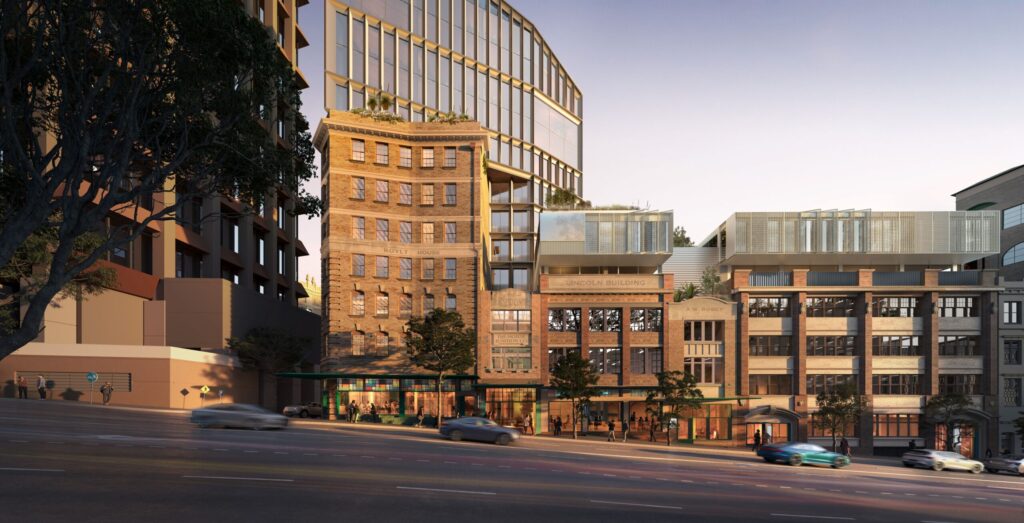
The Surry Hills project is emblematic of Willow’s longer-term ambition to grow a portfolio of retained, generational assets across Australia’s gateway cities. The group has signalled interest in expanding further into large-scale mixed-use precincts and lifestyle-anchored assets, positioning the firm as a next-generation private developer with institutional-grade aspirations.
Quotes attributable to Willow Development Group Director Michael Skala:
“ We aim to hold both residential and commercial assets across key trophy suburbs in Sydney and Melbourne – our strong view is that these two sectors are counter-cyclical, so by growing our exposure to both markets we can capitalise on current demand and meet the market where it is most active, while selectively retaining key trophy sites as long-term revenue-generating assets.
“ We are incredibly proud of the scheme that DKO Architecture and Aileen Sage have created so collaboratively – their response pays enormous respect to the heritage of the sites, reimagining the existing Edwardian buildings and contributing positively to the existing neighbourhood character of Surry Hills.
“ The location is second-to-none, it capitalises on the nearby Tech Precinct which is anchored by the Atlassian building and new Central Station, while taking advantage of the unique heritage character of Surry Hills, making it a popular commercial address for traditional workplace tenants alongside the more independent architects, designers and creative firms.
“ This will be a world-class mixed-use precinct, and will reinvent what it means to work, live and play in Surry Hills.”
Quotes attributable to DKO Architecture Director of Architecture and Growth, Rupert Reed:
“ We imagined the project within five key design principles – individual character for each of the heritage buildings, efficient circulation throughout the buildings, diversity in the tenancies and floorplates, a cohesive form for the retrofit, and a celebration of the layers of history throughout.
“ There’s intentional space between the old and new structures, which emphases and respects the heritage – new elements are designed to be recessive, and frame the original fabric rather than clash with it.
“ Tenants can expand across multiple buildings and grow within the site – it’s designed as a really adaptive layout that seamlessly connects with its surrounds,” he said.
The Rubinstein Group has been appointed to manage leasing, with Head of Projects James Nixon, who also brokered the original acquisition, already in discussions with operators for the first stage.
“ We’ve had some really positive discussions with some big-name food and beverage operators who are looking to secure that sought-after ground-floor tenancy.
“ It’s a really exciting precinct – you’ve got that incredible design which is steeped in history, the connectivity to Surry Hills, Hyde Park and the CBD, and view lines across to the Opera House from the top floors.
“ Overall we’re seeing a lot more interest in these fringe locations – workforces are increasingly looking for high-grade commercial space in more suburban areas, as work-from-home trends, flexible workplaces and a better standard of office product made us all rethink the way we work,” he said.






